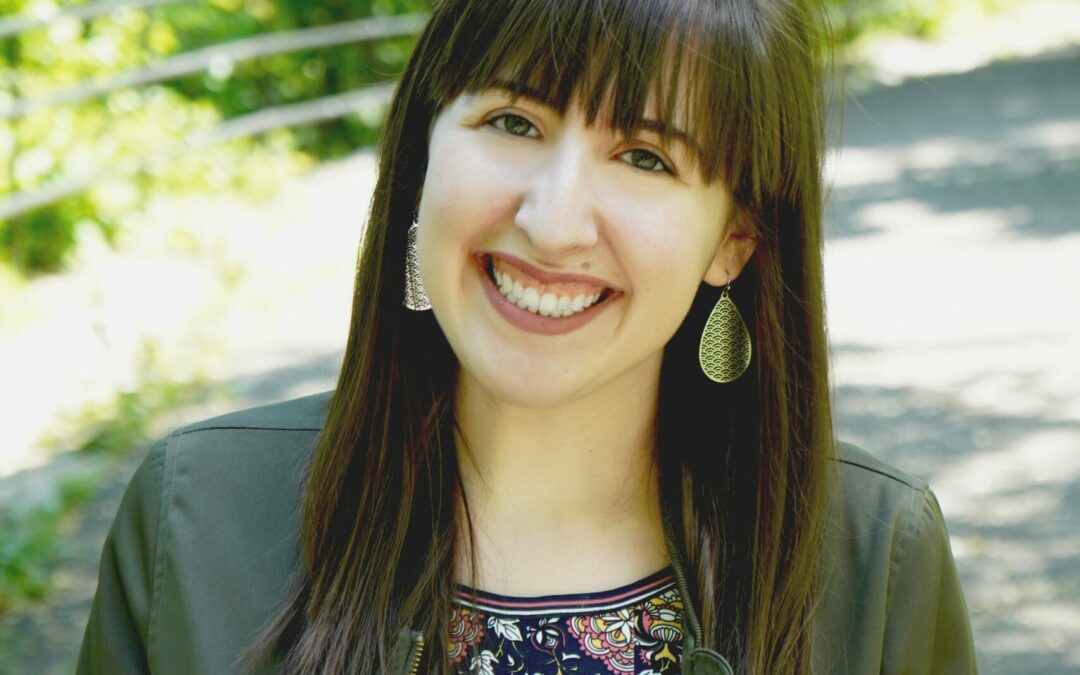
by Michele Kirichanskaya | Jun 12, 2024 | Blog
Marisa Kanter (she/her/hers) is a young adult author, amateur baker, and reality television enthusiast. She is the author of What I Like About You, As If on Cue, and Finally Fitz. Born and raised in the suburbs of Boston, her obsession with books led her to New York...
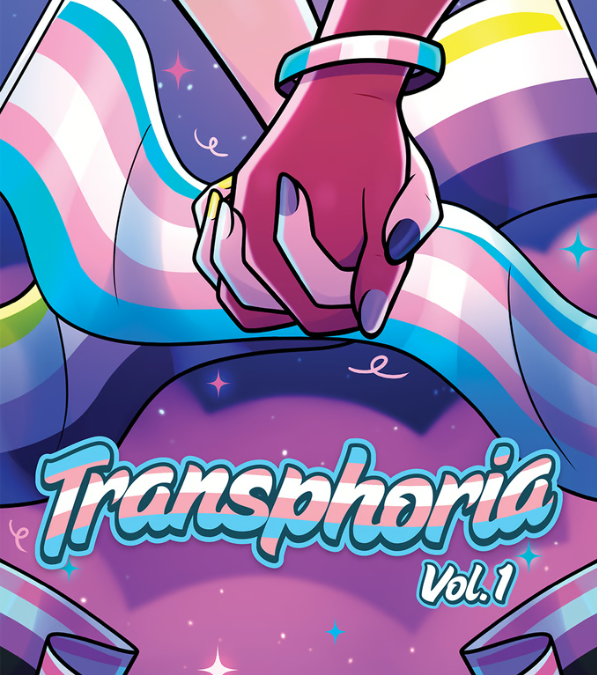
by Alexa Goodrich-Houska (she/they) | Jun 11, 2024 | Blog
Busy Geek Breakdown (TL;DR): This anthology seriously has something for everyone. It’s written by amazing and talented LGBTQ+ artists and authors. You should support the Kickstarter now!!!!! “Transphoria” is a groundbreaking anthology that sets a new...
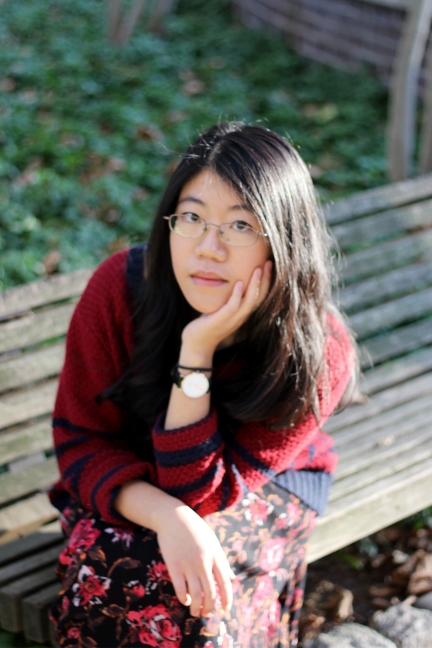
by Michele Kirichanskaya | Jun 7, 2024 | Blog
Joan He was born and raised in Philadelphia but still, on occasion, will lose her way. At a young age, she received classical instruction in oil painting before discovering that storytelling was her favorite form of expression. She studied Psychology and East Asian...
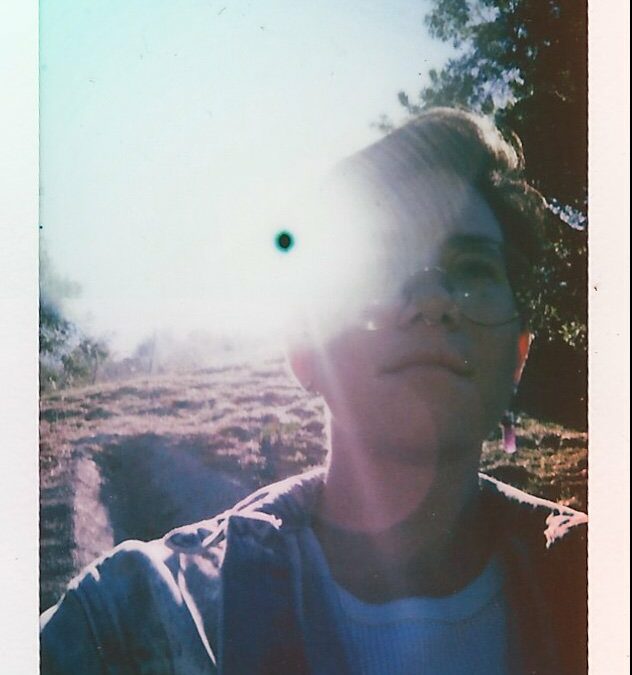
by Michele Kirichanskaya | Jun 5, 2024 | Blog
Molly Knox Ostertag is an Igntaz- and Prism-Award winning graphic novelist, 30 Under 30 Forbes scholar, and TV writer. She currently lives in Los Angeles with her spouse ND Stevenson. Her middle-grade graphic novel debut, The Witch Boy, came out in 2017 from...
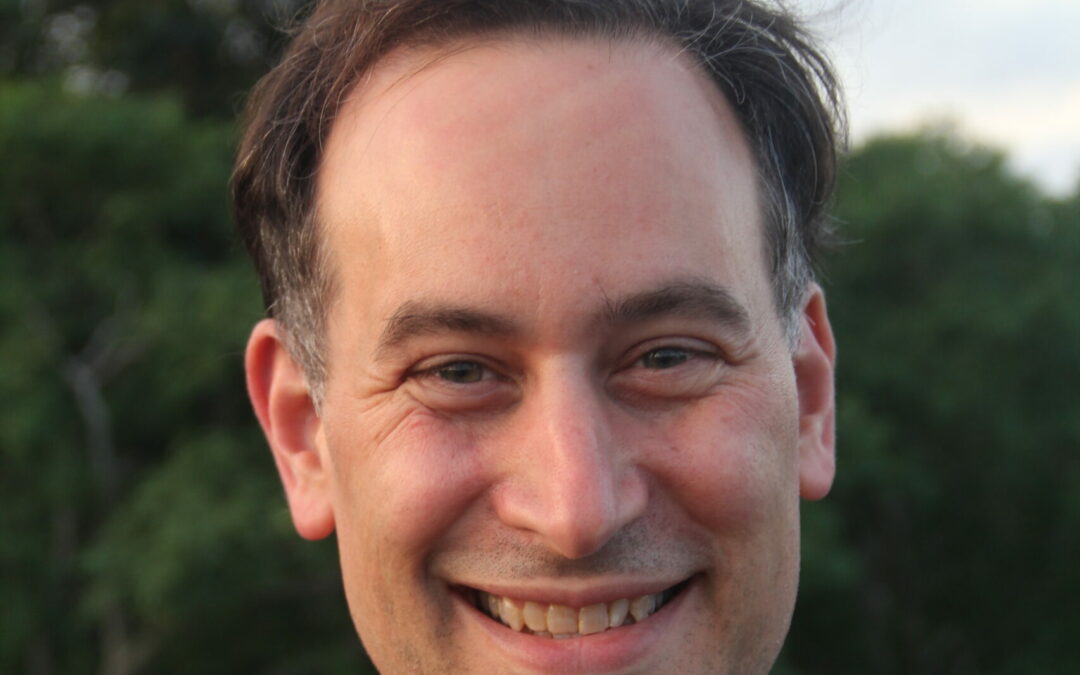
by Michele Kirichanskaya | May 31, 2024 | Blog
David Levithan is the author of several books for young adults, including Lambda Literary Award winner Two Boys Kissing; Every Day; Nick & Norah’s Infinite Playlist and Dash & Lily’s Book of Dares (co-authored with Rachel Cohn); Will Grayson, Will...
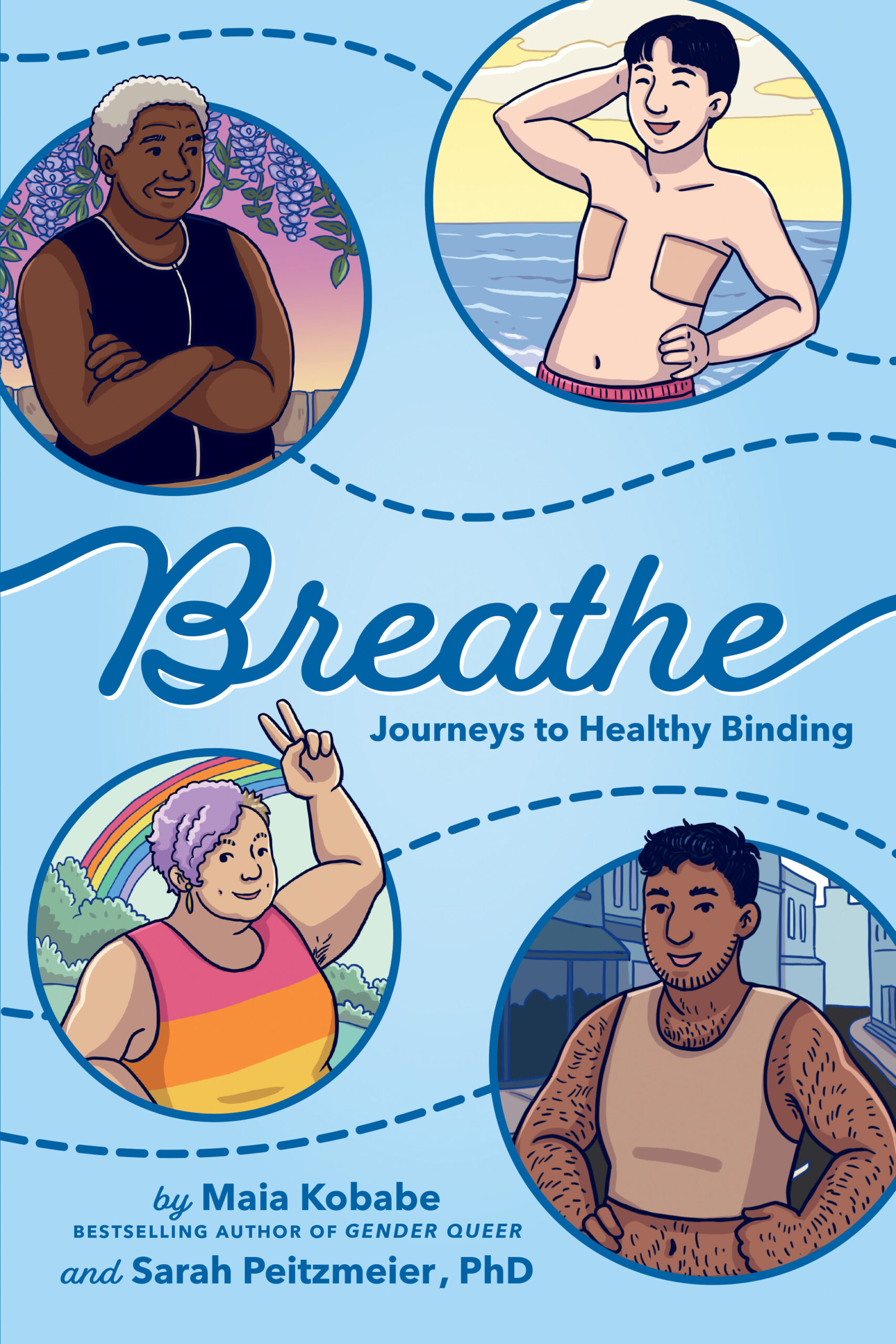
by Michele Kirichanskaya | May 29, 2024 | Blog
Maia Kobabe (e/eir/em) is author of the award-winning and bestselling memoir Gender Queer, the most banned book in America for the last two years. E and eir work has been featured in Time, NPR, the Washington Post, the Los Angeles Times, and many other outlets. Kobabe...







